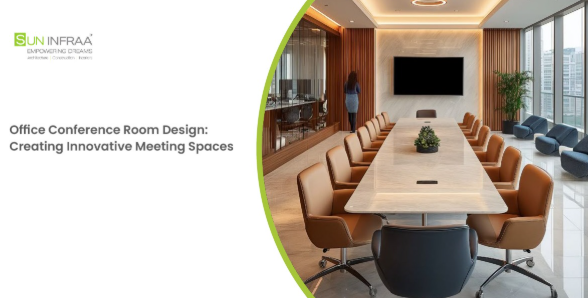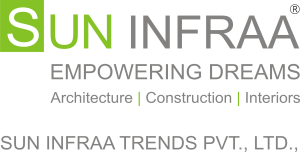Office Conference Room Design: Creating Innovative Meeting Spaces
In today’s fast-paced work environment, a well-designed conference room is more than just a table and chairs. It’s a space where ideas are shared, decisions are made, and teams come together. A modern, innovative conference room can boost productivity, encourage collaboration, and leave a lasting impression on clients and employees alike.
Designing an effective conference room is not just about looks—it’s about function, comfort, and inspiration. Here’s how to create an innovative meeting space that truly supports your team’s goals.
1. Understand the Purpose of the Room
Before designing the space, it’s important to understand how the room will be used. Is it for formal meetings with clients? Brainstorming sessions with creative teams? Training sessions or presentations? Knowing the purpose helps decide the size, layout, and features needed.
For example, a boardroom-style setup may work well for executive meetings, while a flexible layout with movable furniture suits workshops and team discussions.
2. Choose the Right Layout and Furniture
The layout of the conference room should promote easy communication. A large table in the center with comfortable seating around it is the most common setup. However, modern designs often include modular furniture that can be rearranged as needed.
Comfort is key—chairs should be ergonomic and supportive, especially for long meetings. Tables should have built-in cable management to keep wires neat and hidden. If space allows, add lounge seating in a corner for informal discussions or breaks.
3. Invest in Smart Technology
Technology plays a big role in innovative meeting spaces. Make sure the room is equipped with high-quality video conferencing tools, large screens or projectors, and strong internet connectivity.
Interactive whiteboards, wireless presentation systems, and audio systems enhance communication, especially during virtual meetings or training sessions. Easy-to-use controls for lighting, sound, and screen sharing save time and reduce frustration during presentations.
4. Focus on Lighting and Acoustics
Lighting and sound quality can make or break a conference room experience. Natural light is ideal, so include large windows if possible. For artificial lighting, use bright but soft light fixtures to reduce glare and eye strain.
Acoustic panels, carpets, or curtains can help reduce noise and echo, making it easier for everyone to hear and focus. Good sound insulation is especially important for rooms near busy office areas.
5. Add Creative and Comfortable Elements
A great meeting space should feel professional yet inviting. Use calming colors like soft greys, blues, or earth tones. Add artwork, indoor plants, or even a feature wall with motivational quotes or brand values.
Providing a small refreshment area with water, tea, or coffee can make long meetings more comfortable. Thoughtful touches like notepads, pens, and charging stations also improve the user experience.
Conclusion
An innovative conference room is more than just a place to meet—it’s a space designed to bring people together, spark creativity, and support effective communication. By combining functionality with thoughtful design, businesses can create meeting spaces that inspire ideas and strengthen teamwork. Whether you’re building a new office or updating an old space, the right conference room design can make a big difference in how your team works and collaborates.



